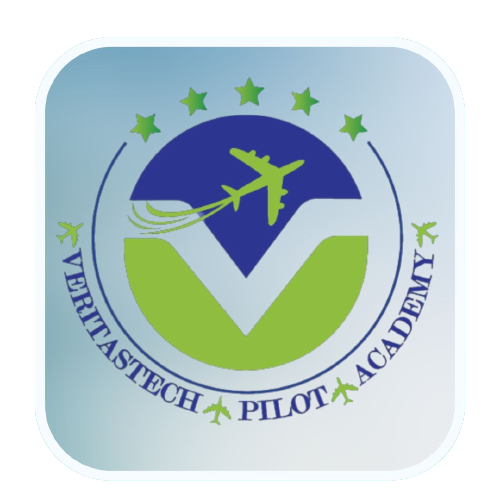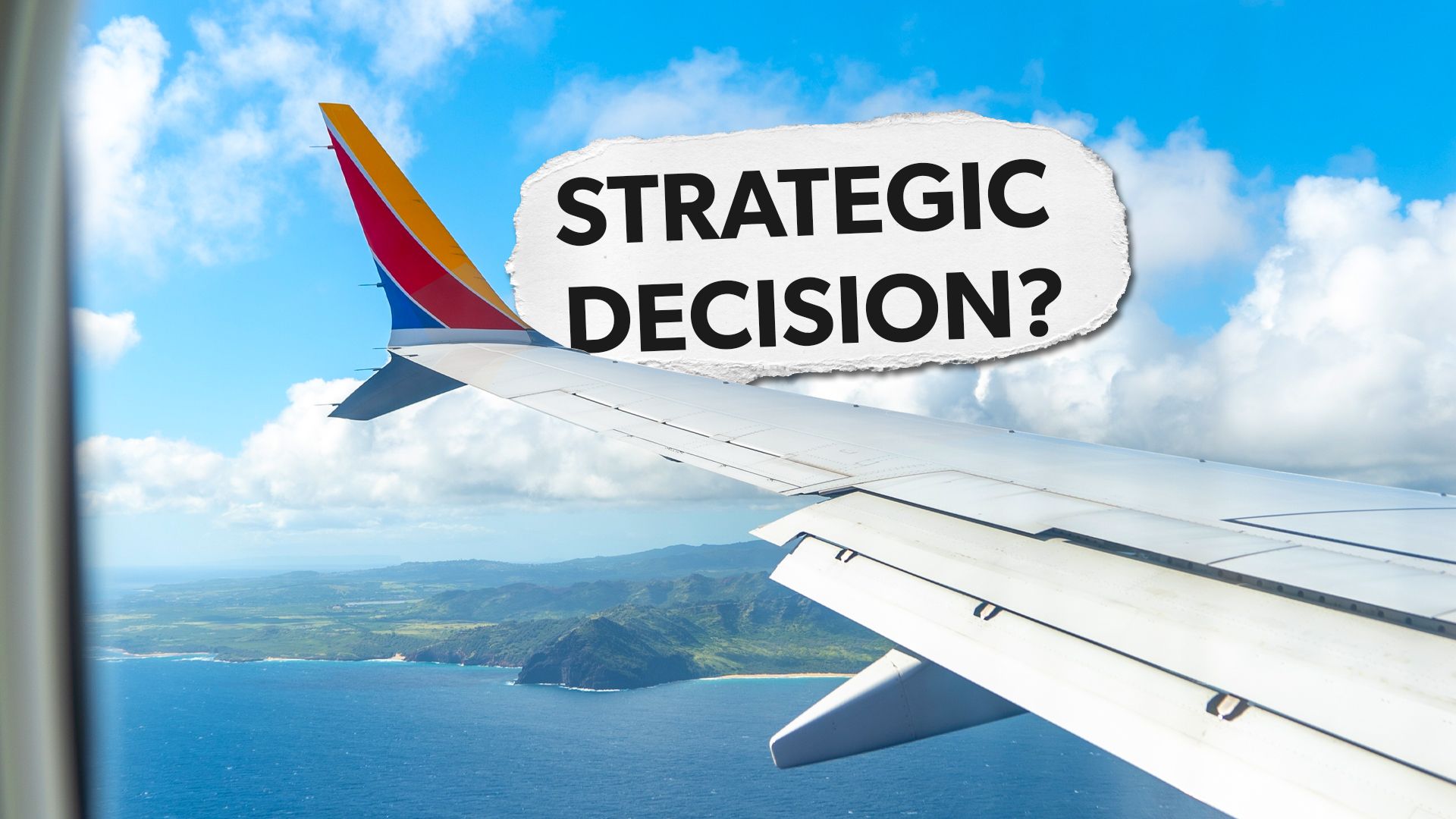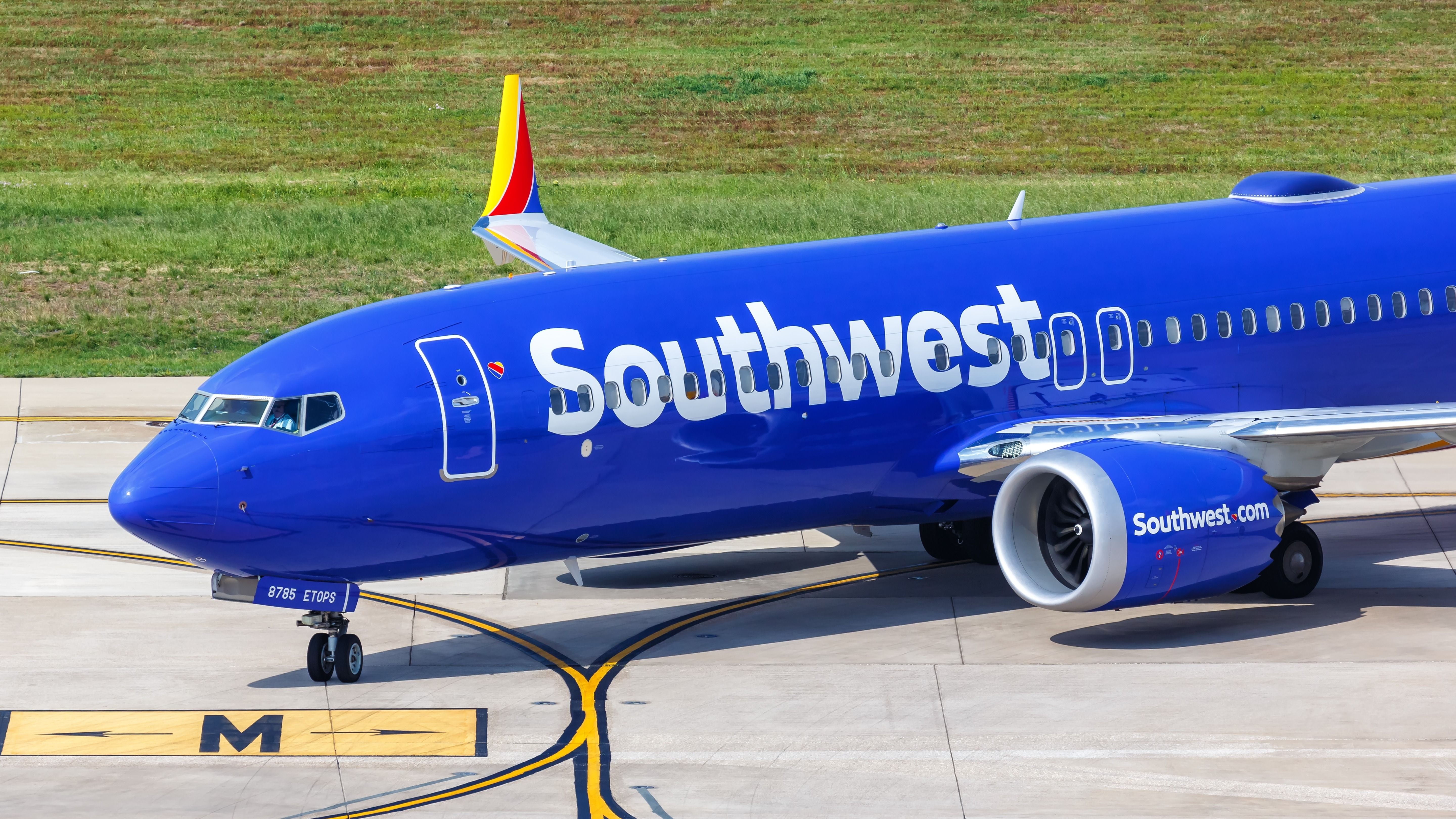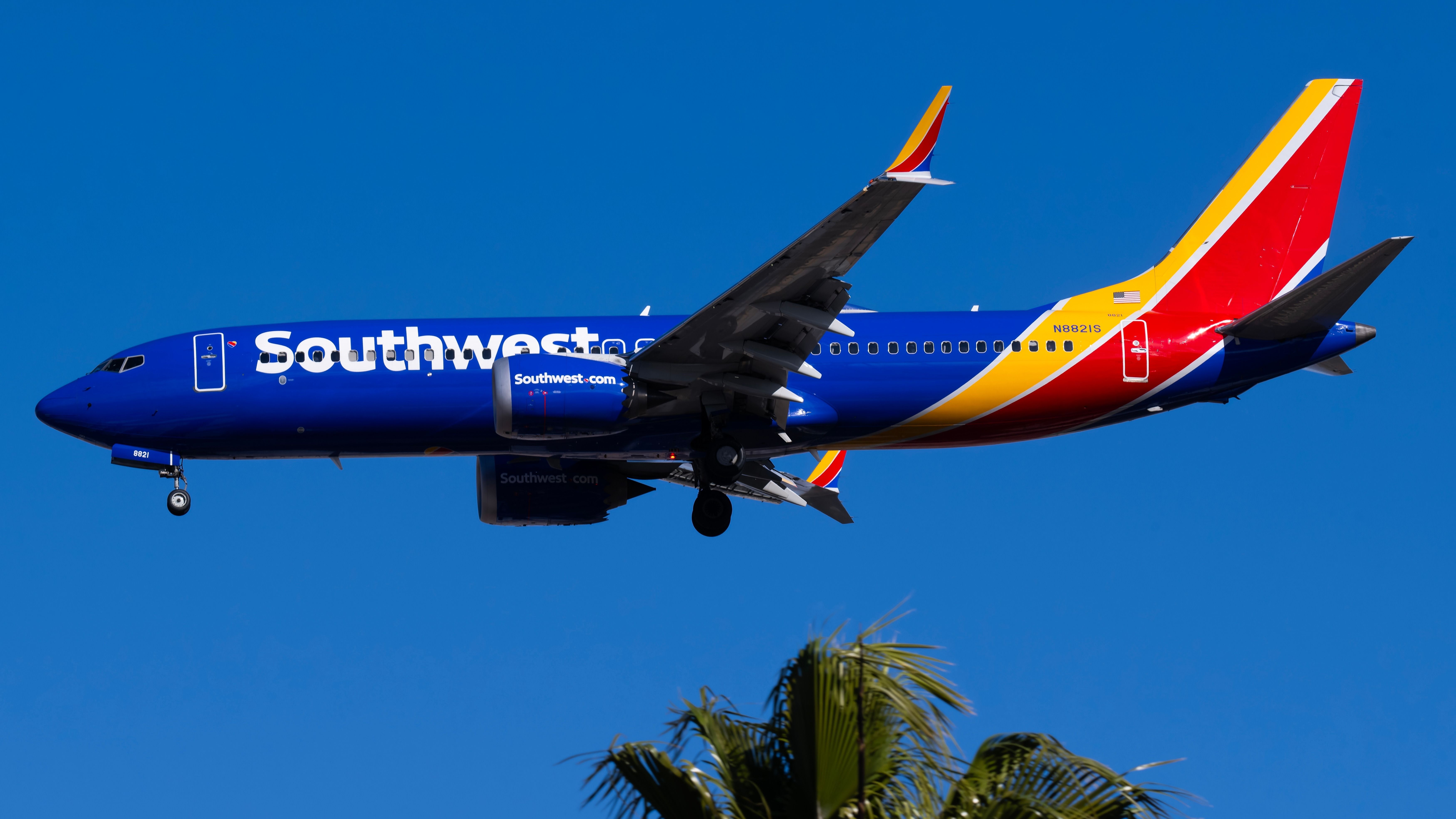Did you know that not all aircraft are ETOPS certified at the world’s largest low-cost carrier because of the cost and its overall route network? We dive into this interesting situation below and explain why.
ETOPS: Extended Range Twin Operations approval
Dallas-based  Southwest Airlines
Southwest Airlines
operates the largest Boeing 737 fleet in the world, with over 800 aircraft in operation. While the carrier’s unique network and two free checked bags lure many passengers in, many have asked why not all the carrier’s fleets are ETOPS certified.
In simple terms, ETOPS is the ability to safely operate with one engine to a certain distance from a diversion airport. If an aircraft has more than two engines, it is expected to fly routes up to 180 minutes away from an adequate diversion airport. The ETOPS rule was established to extend beyond 60 minutes for aircraft with two engines.
This certification has allowed many US carriers to fly directly from the mainland to Hawaii using narrowbody aircraft, but these aircraft must be specifically and individually certified for ETOPS operations.
Understanding the Southwest network and its demand for ETOPS certification
Southwest has an established network of routes stretching across the United States. However, more recent expansion services connecting the mainland to Hawaii and Costa Rica have seen the airline look to the Boeing 737 MAX 8
8, given that it is ETOPS-180 certified. This allows the aircraft to operate the route because if it loses engine power on one engine, it can manage flying for up to 180 minutes on a single engine.
While the requirement for ETOPS is less critical for routes that pass over land, it is crucial for airlines looking to operate services across bodies of water. This is where ETOPS, on routes to Hawaii, for example, is essential. For Southwest, the Boeing 737 NG and MAX 8 are both ETOPS 180 certified; however, the carrier will usually deploy the MAX 8 on select routes, given its extended range.
Here is a range of routes analyzed by Yourweekendtravel that require ETOPS certification:
|
From |
To |
|---|---|
|
Baltimore Thurgood Marshall International Airport |
Juan Santamaría International Airport |
|
Houston Hobby International Airport |
Juan Santamaría International Airport |
|
Denver International Airport |
Juan Santamaría International Airport |
|
Sacramento International Airport |
Daniel K. Inouye International Airport |
|
Oakland International Airport |
Daniel K. Inouye International Airport |
|
San Jose International Airport |
Daniel K. Inouye International Airport |
|
Harry Reid International Airport |
Daniel K. Inouye International Airport |
|
Los Angeles International Airport |
Daniel K. Inouye International Airport |
|
Long Beach Airport |
Daniel K. Inouye International Airport |
|
San Diego International Airport |
Daniel K. Inouye International Airport |
|
Phoenix Sky Harbor International Airport |
Daniel K. Inouye International Airport |
|
Sacramento International Airport |
Kahului Airport |
|
Oakland International Airport |
Kahului Airport |
|
San Jose International Airport |
Kahului Airport |
|
Harry Reid International Airport |
Kahului Airport |
|
Los Angeles International Airport |
Kahului Airport |
|
Long Beach Airport |
Kahului Airport |
|
Phoenix Sky Harbor International Airport |
Kahului Airport |
|
Oakland International Airport |
Kona International Airport |
|
Los Angeles International Airport |
Kona International Airport |
|
Harry Reid International Airport |
Kona International Airport |
|
Oakland International Airport |
Lihue Airport |
|
Los Angeles International Airport |
Lihue Airport |
|
Harry Reid International Airport |
Lihue Airport |
FAA regulations for ETOPS operations
According to the Federal Aviation Administration (FAA), the regulations around ETOPS states:
An acceptable means but not the only means for obtaining approval under FAR Section 121.161 for two-engine airplanes to operate over a route that contains a point farther than one hour flying time at the normal one-engine inoperative cruise speed (in still air) from an adequate airport.
Southwest’s push to service Hawaii
For many years, the question on the tip of many tongues was why Southwest didn’t serve Hawaii, and behind the scenes, the LCC explored how strategically it could serve the Aloha state. For Californians especially, Southwest already holds an impressive market share. However, Hawaii is one of the state’s most desired destinations. For Southwest to make this route possible, the airline must obtain ETOPS authorization.
Photo: Markus Mainka | Shutterstock
Southwest spent hours preparing to gain ETOPS certification with extensive research, training, and role-playing. Southwest planes were put through ten simulated flight cruises to evaluate crew response. The Federal Aviation Administration formally approved Southwest for ETOPS on February 27, 2019, and this saw the airline launch routes to Hawaii on March 17, later that year.
Initial flights to the Hawaiian Islands are operated with the Boeing 737-800, which has ETOPS authorization, and the airline is well-versed if it decides to apply for other 737 variants in the future.
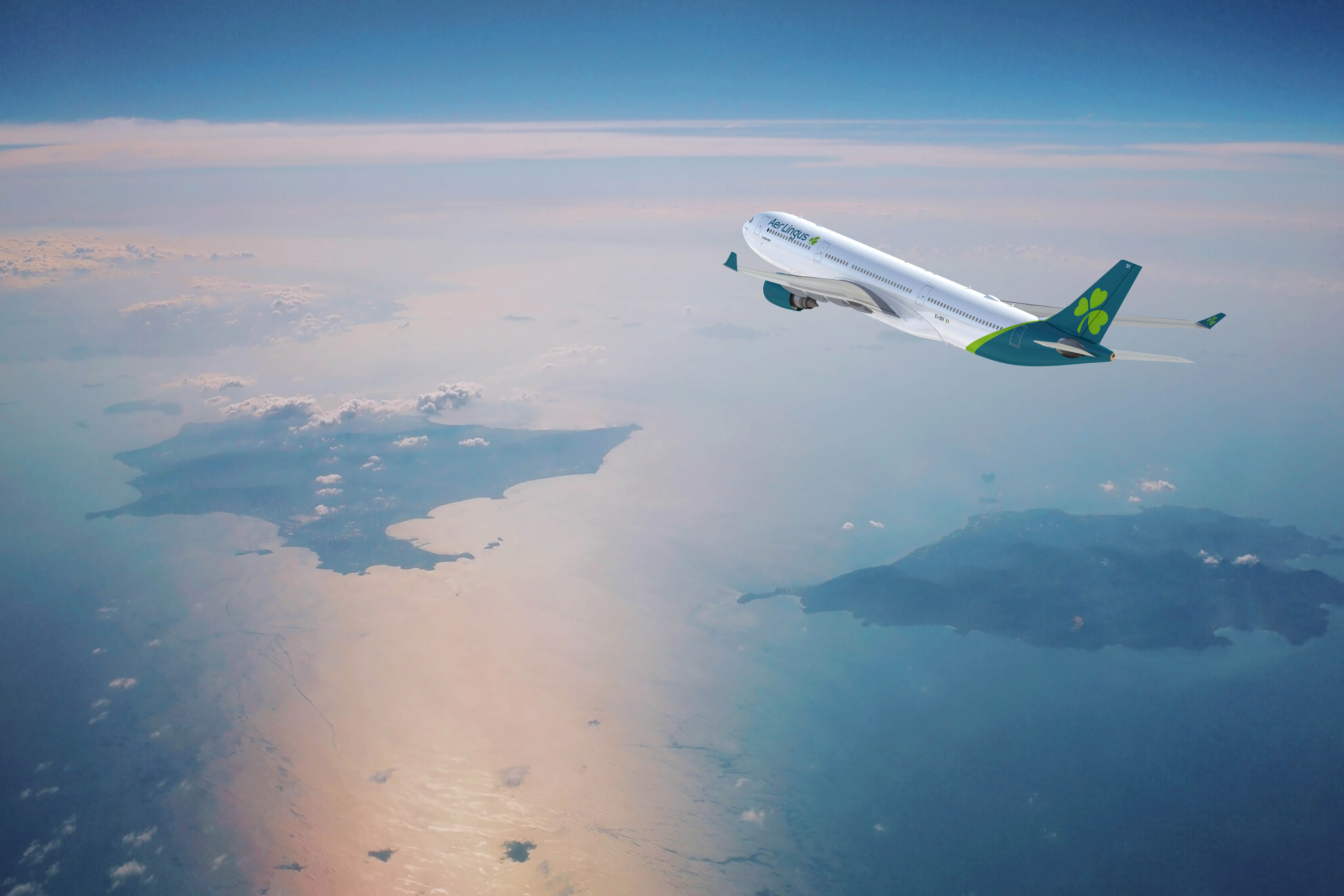
Related
What Are ETOPS Rules And Why Do They Matter?
ETOPS determines how far any twin-engine aircraft can fly.
Breaking the monopoly held by legacy carriers
Southwest proudly disrupted the travel market to Hawaii and forced many other legacy carriers to drop their fares in the face of Southwest’s debut. Southwest has also added several inter-island services, which have proven very popular with locals. After entering the inter-island market in 2019, however, complexity and high costs have seen Southwest face challenging headwinds and stiff competition from the hometown airline, Hawaiian Airlines.
Southwest hasn’t given up on Hawaii. While it is slowly shifting its operations to focus on mainland-to-Hawaii services, the airline continues to be a popular choice for travelers looking to escape the hustle and bustle of the mainland and dip their toes in the golden sand beaches that scatter the Aloha state.
Understanding the process of gaining ETOPS certification
The certification for ETOPS has been instrumental in the evolution of commercial flights, and since its introduction in the 1980s, it has revolutionized how airlines operate. The requirement is specific to aircraft with two engines and those looking to operate over large bodies of water.
Manufacturers and airlines are required to undergo rigorous certification processes, which can cost thousands of dollars. The aircraft type itself and the airline looking to operate must both obtain ETOPS before commencing any route that requires it.
Photo: Robin Guess | Shutterstock
Historically, the need for ETOPs was due to unreliable piston engines, and four-piston engine aircraft could frequently be seen arriving with just three still operating. This saw the FAA’s predecessor (the Bureau of Air Commerce) decide that aircraft should fly within a 60-minute one-engine-only operational range. This eventually extended to two-engine aircraft, especially when flying over bodies of water.
Jet engines have become more reliable over the ages, increasing the distance between diversion airports. This was first seen for TWA when it was granted certification to fly between Boston and Paris with a Boeing 767.
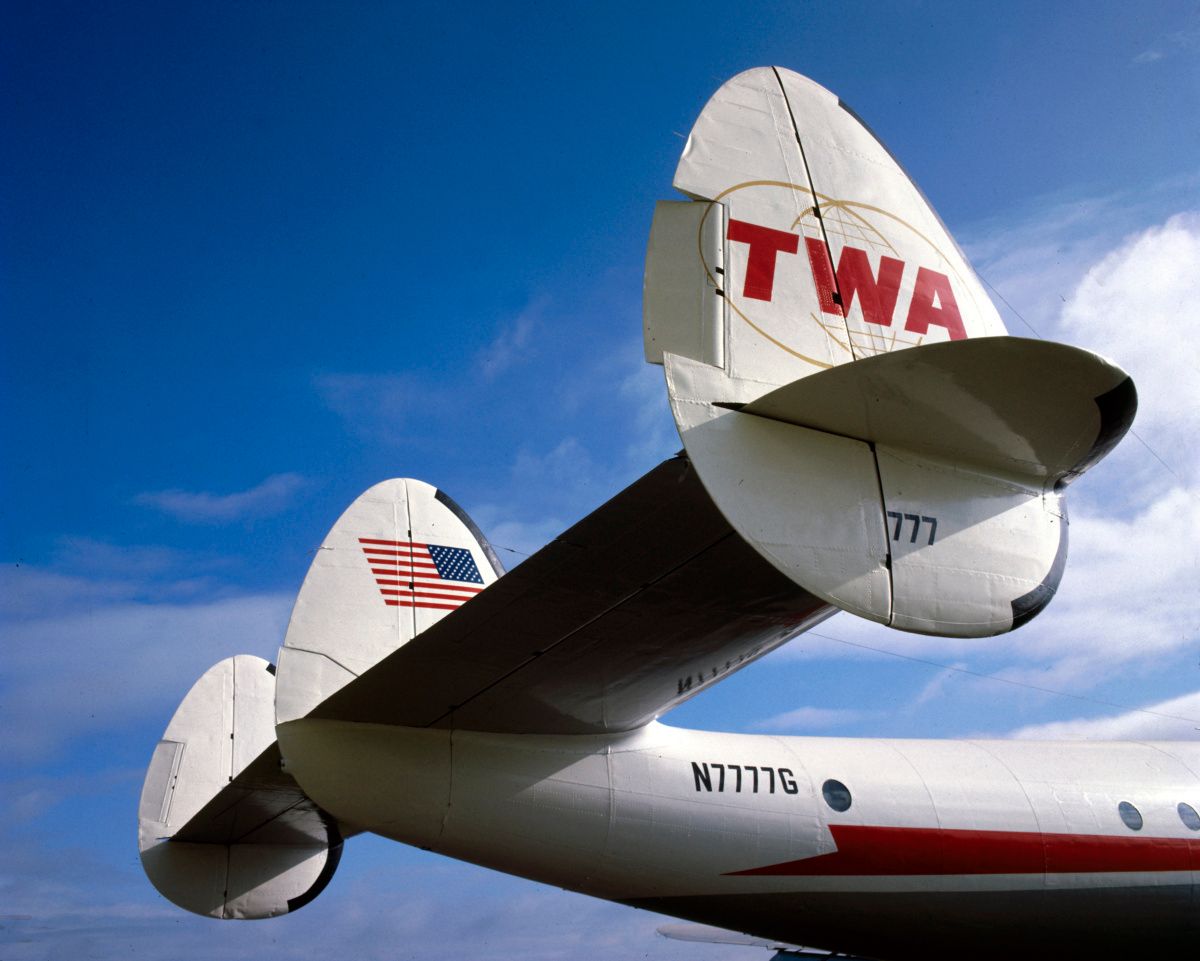
Related
Where is ETOPS needed most?
As noted, flights operating over wide bodies of water require the aircraft to have certification to operate for up to four hours away from its nearest diversion airport. Flights beyond that are considered only on a case-by-case basis. These are primarily needed for flights that operate on routes like Los Angeles and San Francisco to Sydney, or Auckland, or other flights from Latin America to New Zealand or Australia (such as LATAM
Santiago (SCL), to Auckland (AKL), and Sydney (SYD).
Many aircraft have different capabilities regarding ETOPS, with the highest rating currently held by the Airbus A350 XWB (Extra Wide Body), which has achieved ETOPS-370 certification for the manufacturer. Airlines looking to operate such a route will still need to get a certification, which involves standards for crew training and thorough aircraft engine maintenance procedures. All pilots, dispatchers, and engineers must obtain such a certification. According to the FAA, it emphasizes that airlines can:
“…demonstrate that it can operate the particular airframe and other airplane systems at levels of reliability appropriate for the intended operation. This can be achieved directly by a successful in-service operational history or by successfully validating all the required ETOPS processes according to the Accelerated ETOPS Application Method.”
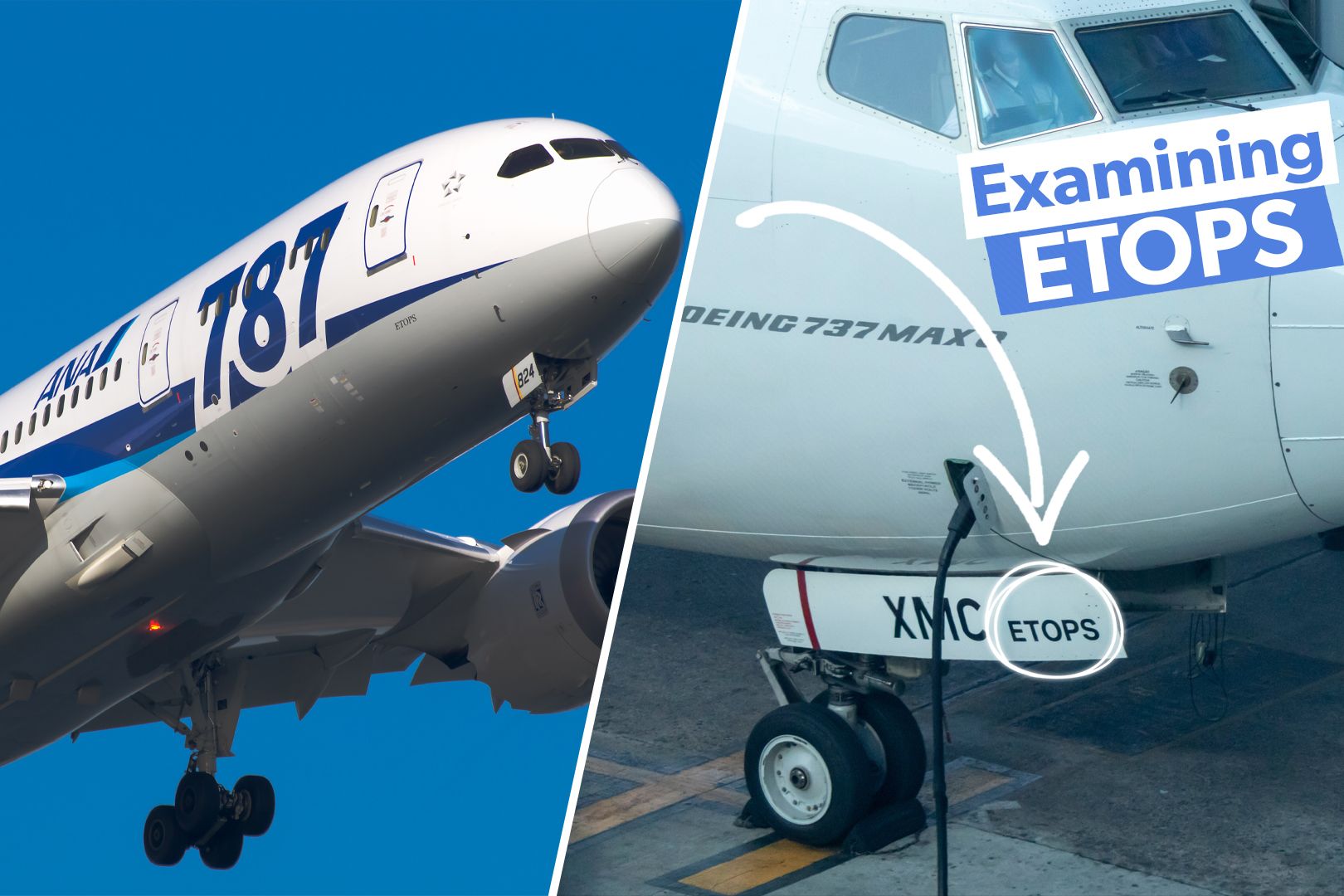
Related
How ETOPS Works: Everything You Need To Know
The first official ETOPS operations were carried out by a TWA Boeing 767 in 1985.
How many Southwest Airlines aircraft are ETOPS-certified
Southwest has made strides to have a number of its aircraft certified to operate under ETOPS. However, quite simply, the demand for the airline, given its network, not all aircraft would need such certification.
The primary destinations that require ETOPS are solely flights to Hawaii and Costa Rica, which are just a fraction of the airline’s network. Simple Flying reached out to Southwest Airlines, and their media team confirmed:
“We have 138 aircraft that are ETOPS certified. Of those, 28 are -800, and the rest are -8. For reference, at the year-end 2024, we had 245 -8 in the fleet.”
